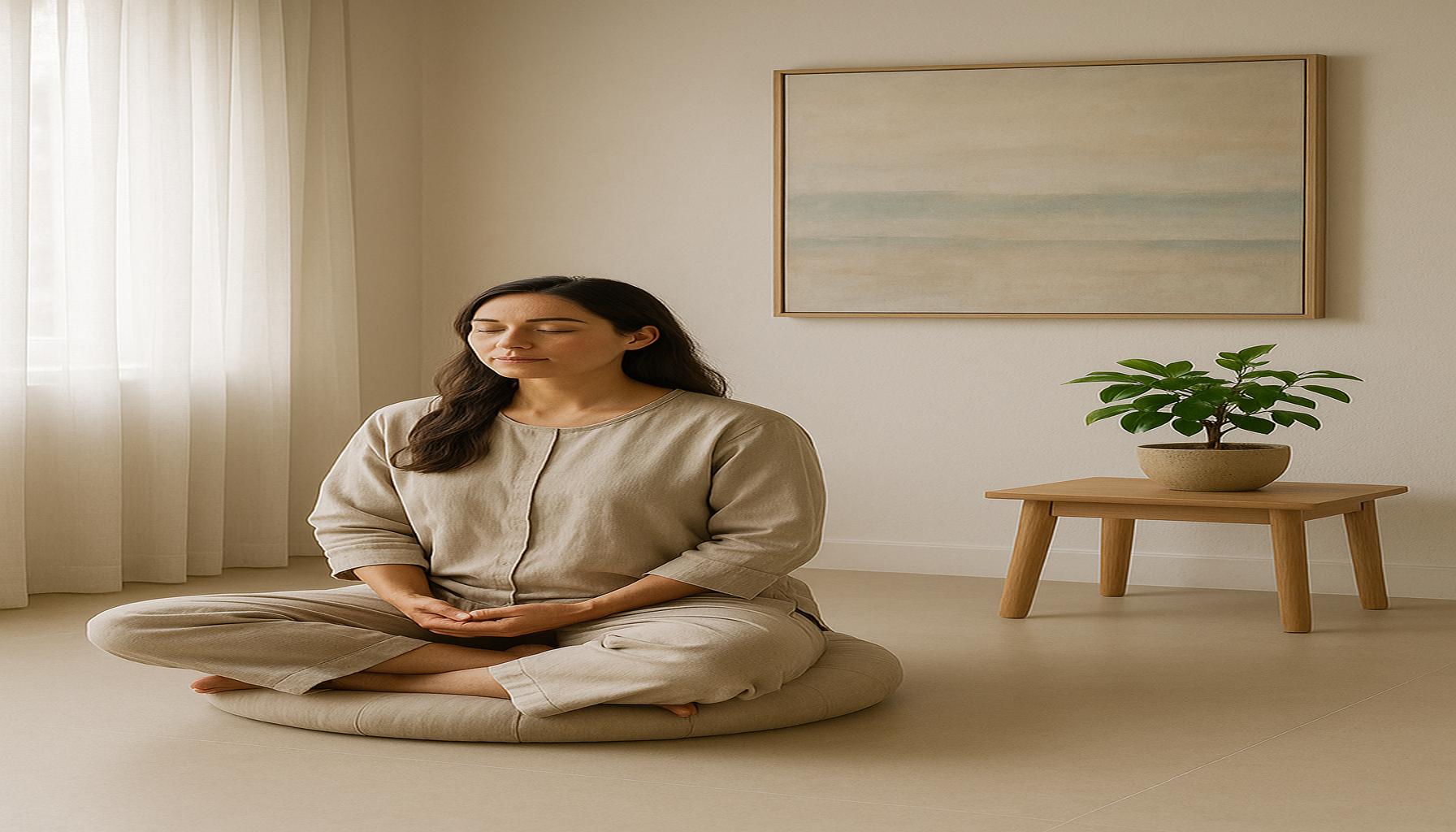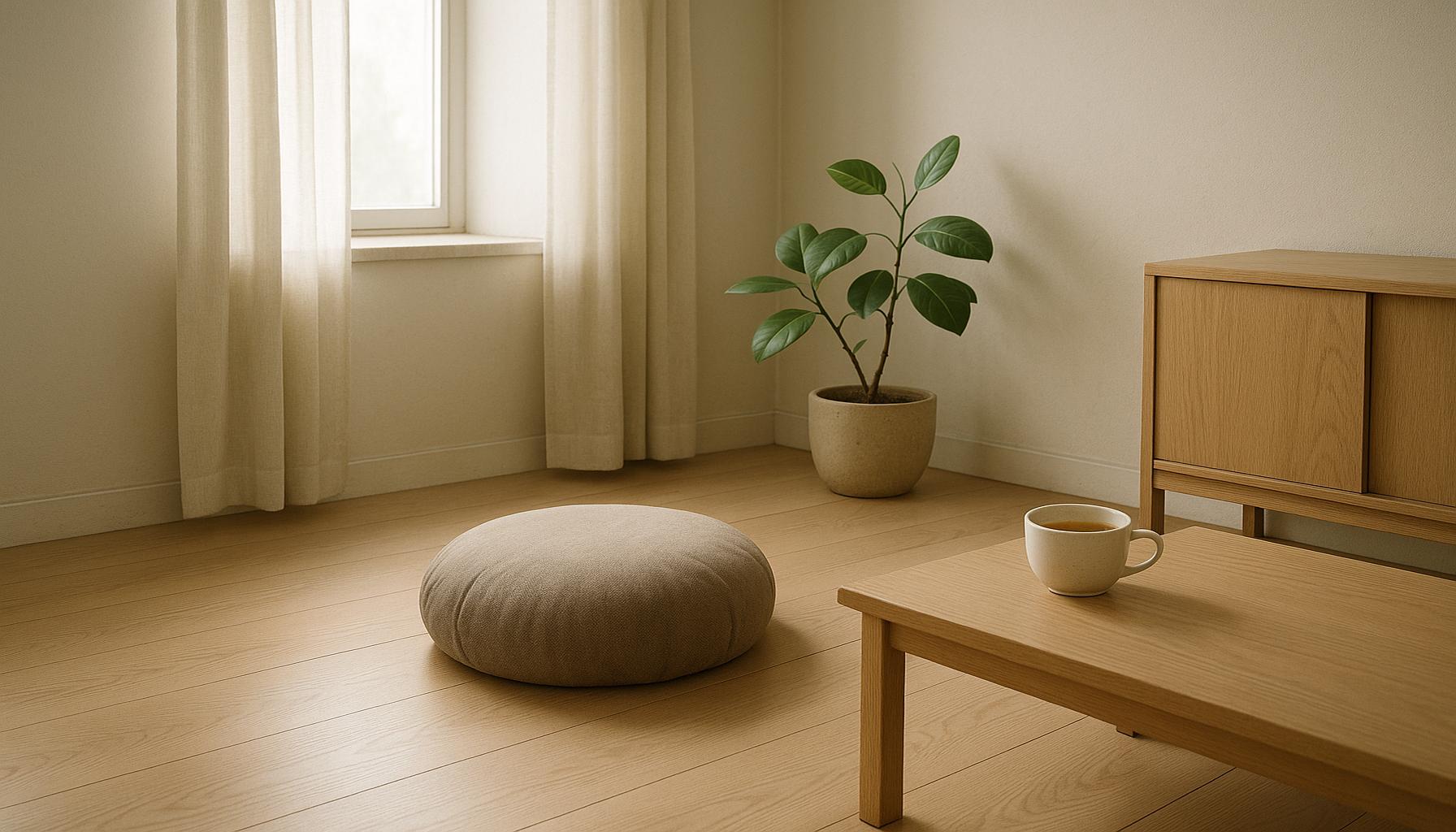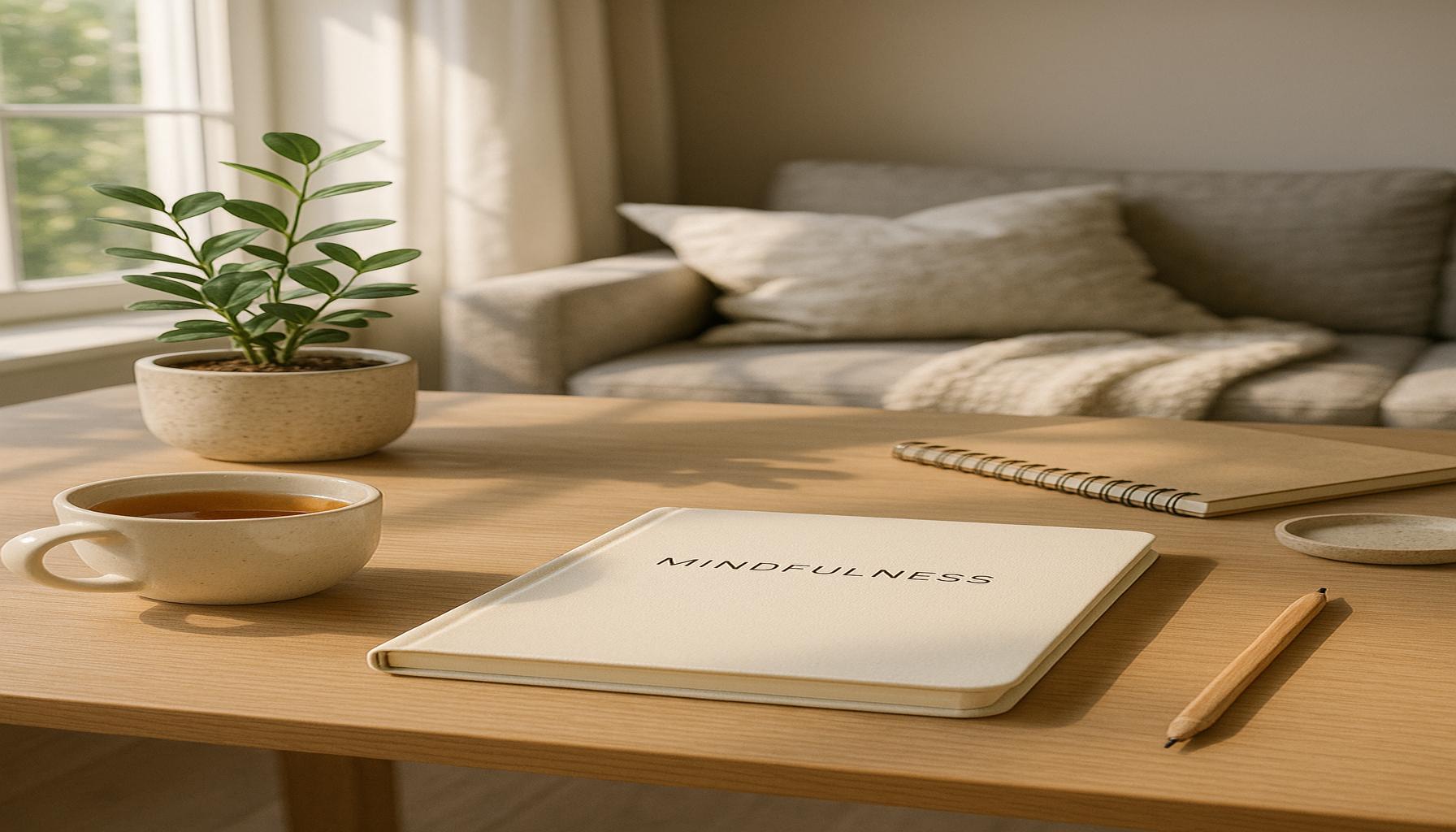Integrating Mindfulness into a Minimalist Routine: Tips to Increase Awareness and Reduce Anxiety
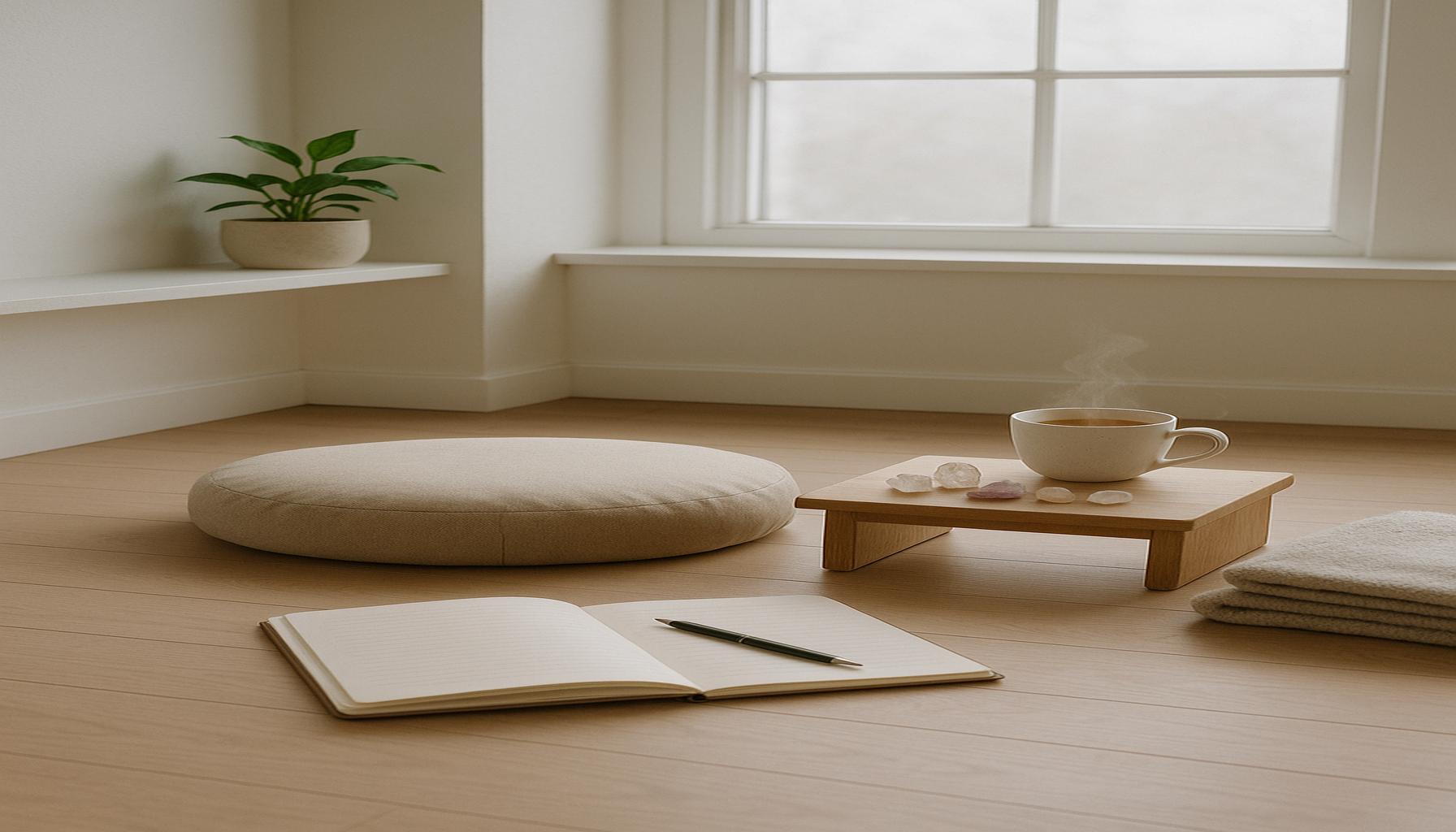
A Transformative Approach to Life
In today’s fast-paced world, the quest for peace and serenity can often feel overwhelming. Many individuals are grappling with the constant barrage of information and commitments that clutter their minds and environments. In response to this chaos, an increasing number of people are turning towards mindfulness and minimalism, viewing these philosophies as a pathway to tranquility and clarity.
Mindfulness is rooted in the practice of intentionally focusing on the present moment. It encourages us to observe our thoughts and feelings without judgment, promoting a deeper awareness of ourselves and our surroundings. Minimalism, on the other hand, advocates for stripping away unnecessary distractions, allowing individuals to focus on what truly matters in their lives. When these two powerful concepts merge, they create a synergistic effect that can significantly enhance well-being.
Benefits of Mindfulness and Minimalism
Adopting the combination of mindfulness and minimalism can lead to various beneficial changes in your life. Here are a few critical advantages:
- Increased focus: A minimalist space reduces visual and mental noise, which can significantly enhance your ability to concentrate. By eliminating clutter, you create an environment where your mind can operate more effectively.
- Enhanced well-being: Numerous studies have demonstrated a link between mindfulness practices and lower stress levels. Engaging in regular mindfulness exercises can lead to greater emotional resilience and a more positive outlook on life.
- Improved decision-making: With less clutter in your physical environment, your mental clarity improves as well. This newfound clarity makes it easier to make decisions, both trivial and significant, with confidence and ease.
Incorporating Mindfulness in Daily Life
Implementing mindfulness into your daily routine is not as daunting as it may seem. Even mundane tasks can be transformed into powerful opportunities for reflection and personal growth. Simple practices such as deep breathing exercises, meditation, and even mindful walking can seamlessly integrate into your minimalist lifestyle.
For instance, try practicing mindfulness during your morning coffee. Instead of scrolling through your phone, take a moment to savor the taste, aroma, and warmth of your cup. This act emphasizes being present and can set a positive tone for the day ahead. Similarly, establish a meditation space in your home that embodies minimalism—perhaps a quiet corner with a comfortable cushion and a few nature elements, like plants or stones. This serene environment encourages regular practice and deeper reflection.
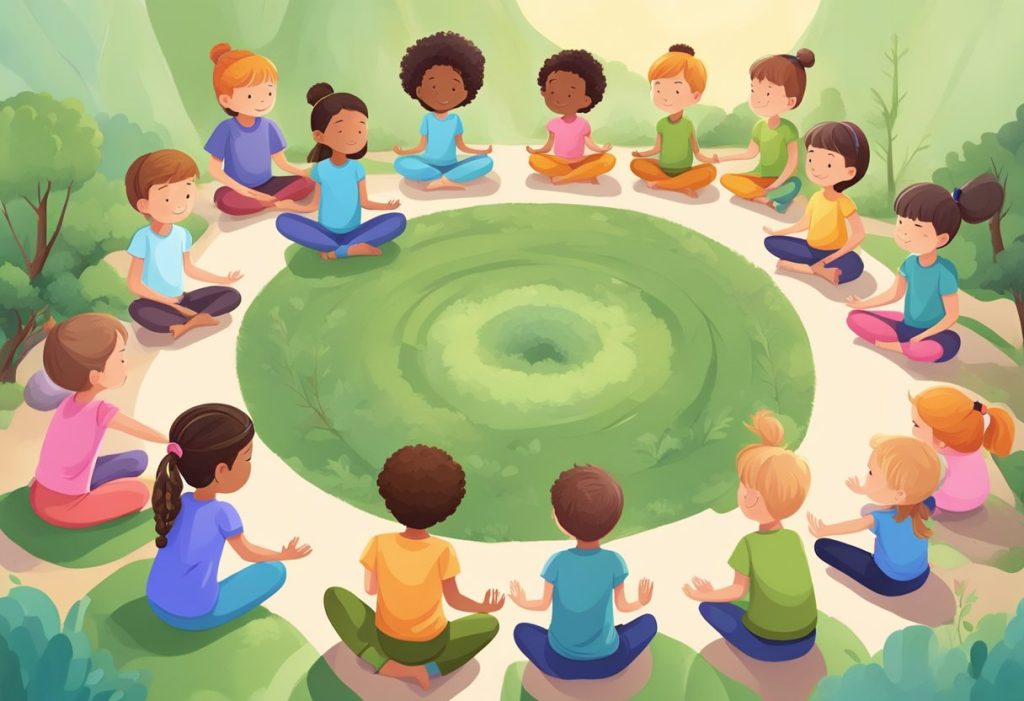
As we break down the practical tips for intertwining mindfulness and minimalism, you may discover profound effects on your overall psychological and emotional health. From decluttering your physical space to adopting daily mindfulness rituals, every small change contributes to a larger journey towards reclaiming your peace. Embracing these strategies could very well be the key to a more centered, fulfilled life.
DIVE DEEPER: Click here to discover the power of mental clarity</
Simple Steps to a Mindful, Minimalist Life
While the integration of mindfulness and minimalism may seem like two separate paths, they converge beautifully, offering a powerful framework for enhancing well-being. By making small adjustments to daily routines, you can cultivate an atmosphere that fosters both mental clarity and emotional stability. The key lies in transforming everyday activities into meaningful rituals that encourage presence and engagement.
Establishing a Mindful Morning Routine
Your mornings set the tone for the rest of the day, making them an ideal time to weave mindfulness into your minimalist lifestyle. Begin by simplifying your wake-up routine. Instead of reaching for your phone upon waking, allow yourself a few moments to breathe deeply and express gratitude for the day ahead. This creates a foundation of positivity that can permeate the hours to come.
Consider incorporating the following practices into your morning routine:
- Gratitude journaling: Take a moment each morning to jot down three things you are grateful for. This practice not only heightens awareness of the present but also trains your mind to focus on positivity amidst life’s challenges.
- Stretching or yoga: Devote time to gentle stretches or a short yoga session. This not only helps awaken your body but also encourages a mindful connection between movement and breath.
- Mindful eating: When it comes time for breakfast, savor each bite. Prioritize whole, nourishing foods that reflect your minimalist ideals, and take the time to appreciate what you consume. This turn away from mindless grazing encourages awareness of how food fuels your body and mind.
Creating a Calm, Decluttered Space
Physical spaces often mirror our mental states, so creating a minimalistic environment can greatly enhance your mindfulness practice. A clutter-free home leads to less distraction and promotes a sense of calm. Begin by decluttering your living space; assess each item’s value and relevance in your life. Ask yourself questions like, “Does this bring me joy?” or “Do I truly need this?”
Incorporating minimalism may also mean adopting a “less is more” mentality in your decor and furnishings. Fewer decorative items, chosen thoughtfully, will allow for a more serene atmosphere. Use natural light and calming colors to further enhance the ambiance. Every element in your space can serve as a reminder to stay present, from a clean counter to an inviting reading nook.
By establishing a mindful morning routine and striving for a calm, decluttered space, you can significantly dismantle the mental barriers that fuel anxiety. The combination of mindfulness and minimalism is not just a trend; it’s a sustainable lifestyle shift that can yield profound benefits in increasing your awareness and reducing stress. With each step you take, you edge closer to a life that embodies tranquility and purpose, allowing you to focus on what truly matters.
| Category 1 | Category 2 |
|---|---|
| Structured Mindfulness Practices | Integrating meditation or breathing exercises into daily routines |
| Daily Intentions | Setting daily mindfulness intentions to sustain focus on the present moment |
| Simplifying Your Environment | Decluttering spaces to foster a tranquil and peaceful atmosphere conducive to mindfulness |
| Mindful Eating | Practicing mindfulness during meals to enhance awareness of flavors and textures, promoting gratitude |
Integrating mindfulness into a minimalist routine can significantly elevate one’s ability to handle stress and anxiety. By embracing structured mindfulness practices such as daily meditation, individuals are equipped to navigate their thoughts and emotions more fluidly. Incorporating breathing exercises not only calms the mind but also enhances awareness of one’s surroundings, allowing for deeper engagement with the present moment.Furthermore, the act of setting daily intentions empowers individuals to focus on meaningful tasks, creating a strong anchor throughout the day. This practice inherently reduces feelings of overwhelm and helps cultivate a sense of purpose.Another crucial aspect is simplifying your environment. A clutter-free space promotes a tranquil mindset. The space we inhabit directly influences our mental clarity, underscoring the necessity of maintaining minimalism in both our physical and mental landscapes.Lastly, adopting mindful eating practices encourages a deeper appreciation of the present moment through the nourishment we consume. This act transcends mere sustenance, transforming meals into opportunities for gratitude and reflection, ultimately leading to a more serene mindset. By integrating these elements, one can achieve a balanced and peaceful life amidst the chaos.
EXPLORE MORE: Click here for mindfulness tips
Mindfulness Practices to Enhance Everyday Activities
Integrating mindfulness into your daily routine goes beyond the morning; it’s about infusing your entire day with intentionality. One effective way to foster a mindful attitude is to transform mundane tasks into opportunities for awareness. The way you approach your day-to-day activities can either contribute to anxiety or help cultivate calmness. By intentionally practicing mindfulness, you can turn even the simplest chores into moments of reflection.
Mindful Commuting
For many, commuting can be a source of stress, comprising long hours in traffic or crowded public transportation. However, this time can also be an opportunity to practice mindfulness. Instead of succumbing to frustration, consider using this portion of your day to connect with your thoughts and feelings. Here are some approaches to make your commute more mindful:
- Breathing exercises: Start with focused breathing. Inhale deeply through your nose, hold for a few seconds, and exhale through your mouth. Use this practice to create a sense of calm as you navigate busy streets or train stations.
- Gratitude reflections: While commuting, reflect on the aspects of your life you appreciate. This shift in focus can create a more positive mindset and reduce anxiety associated with daily grind.
- Mindful listening: If you listen to podcasts or music during your commute, choose content that inspires or enlightens. Engaging with materials that reflect personal growth aligns well with a minimalist mindset by keeping distractions at bay.
Intentional Breaks During Your Day
Incorporating intentional breaks throughout your workday can serve as powerful mindfulness moments. It is important to step away from screens and tasks, as this brief pause can lead to greater focus and creativity. Here are some mindful practices to consider:
- Five-Minute Breaks: Set a timer for five minutes every hour to step away from your workspace. During this time, stretch, walk, or practice a brief meditation. This will not only refresh your mind but also help in alleviating anxiety.
- Mindful Hydration: When drinking water, take the time to savor it fully. Observe the temperature, texture, and taste, as well as the feeling it invokes. This practice reconnects you with your body while reinforcing the simplicity of hydration.
- Nature Awareness: If possible, take your breaks outside. Being in nature has been shown to lower stress levels. Observe the details around you – the colors, sounds, and textures – to enhance your mindfulness practice.
Mindful Evening Wind Down
As your day winds down, it’s crucial to create a calming evening routine that encourages relaxation and reflection. Engage in practices that signal your body it’s time to unwind:
- Digital Detox: Allocate time each evening to disconnect from screens. This allows for a more peaceful transition to sleep. Instead of scrolling through social media, consider reading a physical book or journaling your thoughts.
- Evening Reflection: Before bed, take a moment to reflect on your day. Document what felt fulfilling or what stressed you out. This habit promotes self-awareness and allows for personal growth.
- Relaxation Techniques: Integrate gentle activities like meditation, deep breathing, or a warm bath into your nightly routine. These techniques help clear your mind and prepare your body for restorative sleep.
By incorporating mindfulness into various aspects of your routine, you enhance the minimalist approach and gain a more profound understanding of your emotions and surroundings. These practices not only aim to reduce anxiety but also promote a sense of harmony and attentiveness in a busy world. With patience and consistency, a lifestyle that embraces both mindfulness and minimalism will transform the way you experience daily life.
DISCOVER MORE: Click here to dive deeper
Conclusion
Integrating mindfulness into a minimalist routine is a transformative approach that invites greater awareness and serenity into our often chaotic lives. This journey toward intentional living encourages us to appreciate the present moment, fostering a sense of calm and reducing the anxiety that frequently stems from a fast-paced world. By mindfully commuting, taking intentional breaks, and engaging in a tranquil evening wind down, we create opportunities to reflect, recharge, and reconnect with ourselves.
The practices outlined serve not only as methods to minimize distractions and stress but also as pathways to enrich our understanding of our inner selves. They remind us that simplicity doesn’t equate to a lack of depth; rather, it paves the way for a profound appreciation of our lives as they are. The beauty of this integration lies in its accessibility—small changes can yield substantial benefits, allowing us to cultivate a balanced lifestyle amid the noise of modernity.
As you embark on this journey, remember that consistency and patience are key. With time, you may discover that mindfulness enhances your minimalist ethos, leading to increased clarity in both thought and emotion. Embracing these practices not only contributes to personal well-being but also encourages a ripple effect—creating a calming presence that can inspire those around you. Dive into the world of mindfulness within your minimalist routine and uncover a depth of awareness that can help reduce anxiety while enriching your everyday experiences.
